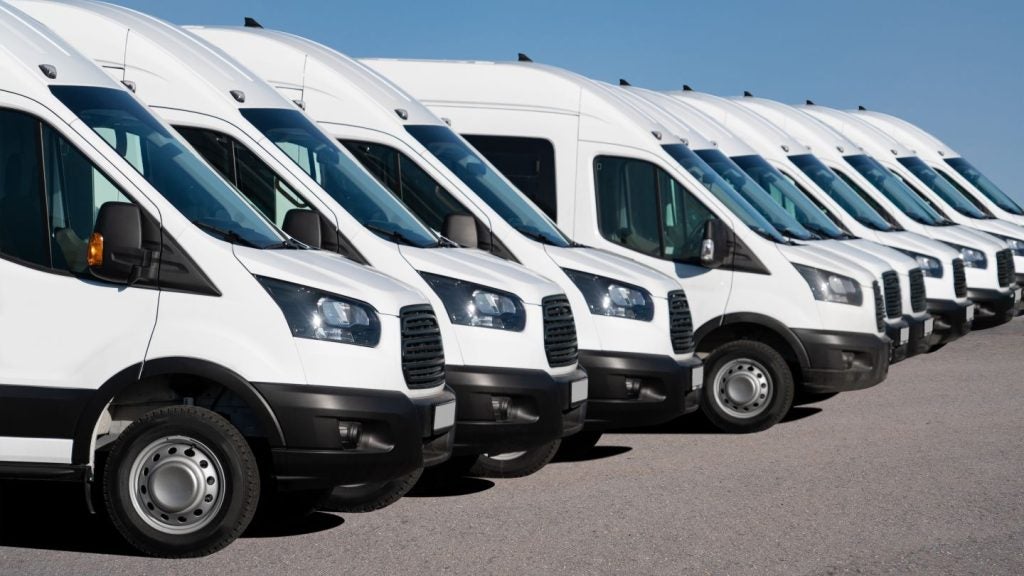
Cars and their manufacturers are being challenged by changes in technology and attitudes, which could mean disruption for car finance providers in the future. Christopher Marchant examines a thematic report that looks into the future of cars.
Recent investigation by GlobalData has identified four separate themes that will transform OEMs globally, with electric vehicles (EVs) the primary disruptor. Perhaps the grandest prediction for EVs, described by GlobalData as “currently at the very beginning of their cycle”, is the spectacular increase in EV manufacturing in the coming decades.
With 3 million EVs currently on the road, the report predicts that as many as 300 million will exist globally by 2040. The less-than-1% market share of EVs in 2017 will rise to over 15% by 2030. However, a company that many expected to grow exponentially with the EV market, Tesla Motors, may face setbacks.
The company has well-documented ongoing issues, including production setbacks and the increasingly erratic actions of its chief executive officer, Elon Musk. In addition the most efficient internal combustion engine car makers – named as Toyota, Honda, GM, Volvo, BMW, VW and Daimler – are expected to scale up EV production from 2022 to finally provide some serious competition.
Tesla’s direct involvement in charging stations could pay dividends. What may become a more prominent story in the future is the element cobalt, over 50% of which is mined in the politically volatile Democratic Republic of Congo, a country dominated economically by China as part of its ‘invisible empire’ strategy in Africa.
Cobalt is an essential element in the construction of lithium batteries for EVs, and China’s near-monopoly on the source of supply will be of great benefit to its own battery-development companies such as BYD and CATL.
How well do you really know your competitors?
Access the most comprehensive Company Profiles on the market, powered by GlobalData. Save hours of research. Gain competitive edge.

Thank you!
Your download email will arrive shortly
Not ready to buy yet? Download a free sample
We are confident about the unique quality of our Company Profiles. However, we want you to make the most beneficial decision for your business, so we offer a free sample that you can download by submitting the below form
By GlobalDataThis dominance of the raw material’s production is part of the reason why Japanese markets are looking at alternative battery types that use hydrogen fuel cells. Even more futuristic than electric cars, or even autonomous vehicles, are passengercarrying drones, also known as ‘flying taxis’.
As GlobalData predicts: “EVs will not be solely earthbound for much longer,” with passenger drones expected in the market in the next three to five years. Pioneers including Google co-founder Larry Page expect an electric, flying, autonomous taxi service in New Zealand by 2021, and Chinese manufacturer Ehang has already flown people, including the deputy mayor of Guangzhou, in drones.
Government proposals worldwide threaten to make the internal combustion engine endangered within a decade. GlobalData refers to a “carrot and stick” approach by national governments: Norway is offering large EV subsidies, China is showing increased awareness of its pollution issue in major cities, offering new licences for vehicles with internal combustion engines in only increasingly limited cases, and India has announced a goal of a 30% electric fleet by 2030.
This is all led, in part, by the Paris Climate Accord. Even after the Trump administration’s federal withdrawal from the agreement, individual US states, including California, will honour the pledge; California hopes to reach emission-reduction targets by 2020, achieving this through local fuel taxes, fiscal incentives, fuel economy standards and fuel rates.
A primary limiting factor for EVs has long been ‘range anxiety’ – the fear that a vehicle will run out of charge during a journey, stranding those being transported. The GlobalData report predicts that this will lead to an explosion in the number of charging stations available worldwide.
The Electric Vehicle Charging Association expects a 40-fold increase in units by 2025 to 46 million, with 10 million in China alone. In terms of emissions standards, if the electricity itself is generated through fossil fuels it can hardly be considered ‘green’, so charging stations may become linked to storage batteries powered by alternative energies such as wind, solar and nuclear.
There will always be limits to predictions, as evidenced by India’s revision of its 100% EV fleet target by 2030 to just 30%. However, the GlobalData research is a reminder of the market’s potential. With billions of dollars in corporate investment behind it and governments desperate to reduce urban and global pollution, it looks likely that, whatever their setbacks, EVs will become the primary form of transport within our lifetimes.







